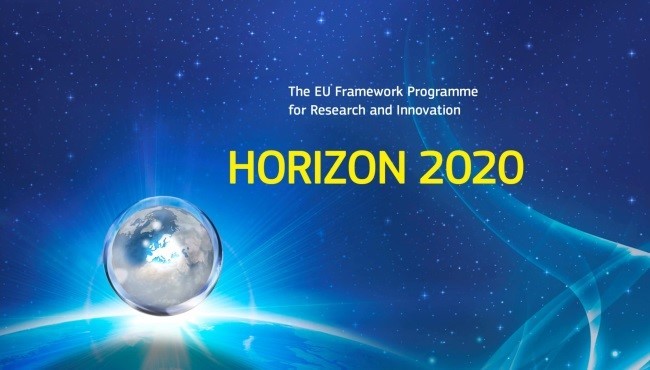17 - MPG
Primary tabs
Max Planck Institute for Biogeochemistry
Hans-Knöll-Str. 10
07745 Jena
Thuringia, Germany
The Max-Planck-Institute for Biogeochemistry (MPI-BGC) is a research institute of the German Max-Planck Society (MPG), founded in 1997. The research mission of the Max-Planck-Institute for Biogeochemistry is the investigation of the global biogeochemical cycles and their interaction with the climate system. The institute combines strong observational and process-based studies (soil carbon, plant community and growth, vegetation-atmosphere fluxes) with global scale modelling (e.g. vegetation dynamics, global carbon cycle, aerosol). The MPI-BGC is one of the pivotal European research institutions in its field, and as such was coordinating the EU-funded CARBOEUROPE-IP project (FP6) and the EU FP7 collaborative project CARBOExtreme, and is currently leading the EU Horizon 2020 project BACI. Moreover, the institute is strongly involved in more than ten collaborative EU projects, co-leads international collaborative efforts such as FLUXNET, and has an annual budget turnover of around 15 million €, with an average of 20% from competitive third-party funding. The researchers at the institute have published more than 130 papers a year in the last seven years in highly respected peer-reviewed journals (e.g. including 25 papers in Nature, Science, PNAS) that lead to an MPG evaluation of an “outstanding publication record”. Not only does the institute have an outstanding international reputation for research but it has strong commitment to higher education and scientific training, housing 60 Ph.D. students from 26 countries and operating the International Max Planck Research School for global Biogeochemical Cycles. The institute successfully maintains numerous and geographically and disciplinarily wide-ranging collaborations.
The department of Biogeochemical Systems maintains regular long-term in-situ measurements of methane and carbon dioxide, among other trace gases and isotopes, at tall towers in western Siberia (ZOTTO), Germany (Ochsenkopf), Poland (Bialystok), the Amazonian site ATTO, and smaller measurements masts in Namibia, Cape Verde, and Ambarchik in Northeast Siberia. In the Kolyma Lowlands region around Chersky, Northeast Siberia, a cluster of permafrost observation sites has been established, including eddy-covariance towers. Flasks measurements are taken from the WMO GAW background sites in Alert and Shetland Islands. The department contributes to the TCCON network of FTS measurements with its site at Ascension Island, providing total column measurements at a remote ocean site important for satellite validation. The department is also responsible for the greenhouse gas measurement package within the IAGOS project, which measures high precision atmospheric abundances of CO2, CH4, CO, and water vapor continuously in situ on board passenger aircraft. Other IAGOS measurement packages measure ozone, CO, NOy, and aerosols. The department uses these and other atmospheric measurements, including satellite measurements of atmospheric composition and surface properties, in a top-down modelling framework, including both global and regional scale inversion systems, to better understand the carbon cycle at a variety of spatial and temporal scales.
Role in the project
MPI-BGC will be leading Task 3.5 (innovative observations in the atmospheric and terrestrial spheres) and Task 6.5 (data assimilation to advance process understanding in Arctic greenhouse gas exchange). The group will furthermore contribute to WP2 (GHG observation network evaluation study) and WP3 (new trace gas flask observation technology at the Ambarchik observation site in NE Siberia). All contributions by MPIBGC will build on our demonstrated expertise in both observations and modeling of atmospheric trace gases, and the use of both elements to constrain surface-atmosphere exchange processes and identify key processes in the Arctic carbon cycle.




